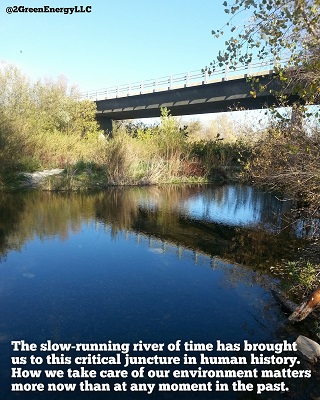From Guest Blogger Lizzie Weakly: How to Make Sure Your Home is Receiving Healthy, Drinkable Water

Test the System Yourself
Even if you plan on having a professional test your home’s water at a later time, you might still want to invest in a few testing kits. Some of these kits immediately tell you if there are contaminants in your system while others must be sent off to a laboratory for a few days. Families should consider testing their water at least once a year for common contaminants such as microorganisms, nitrate, arsenic, and lead.
Work With a Local Plumber
A plumber can’t test or filter the city’s water lines, but they can inspect your home’s plumbing system to see if there is any damage to the pipes. While most modern plumbing systems are safe and durable, older pipes generally only last for a few decades. Those who plan on moving into a new home in the near future should have the pipes, faucets, and water heater tested well before they make an offer.
Contact a Certified Inspector
In order to thoroughly test your water, you will most likely need to work with an experienced inspector. If you are unsure of how to find a certified inspector in your state, then you can contact an organization such as the Water Systems Council for their name and phone number. This particular organization also maintains a list of contact numbers for local government leaders who are in charge of citywide water inspections.
Install a Filtration System
Those who identify any contaminants in their water should immediately shut off their home’s primary valve until the issue has been fixed. There are many different types of filtration systems to choose from, but whole-home filters tend to be the most economical. You can have filters installed on each of your faucets and taps, but those filters can cost quite a bit of money when they are purchased individually.
Families can also contact local government officials to discuss the safety of their city’s water sources. Larger cities often hire teams of specialists who regularly test the water, and most of them have some system in place to notify locals when lead, germs, or other contaminants are found in the water.
